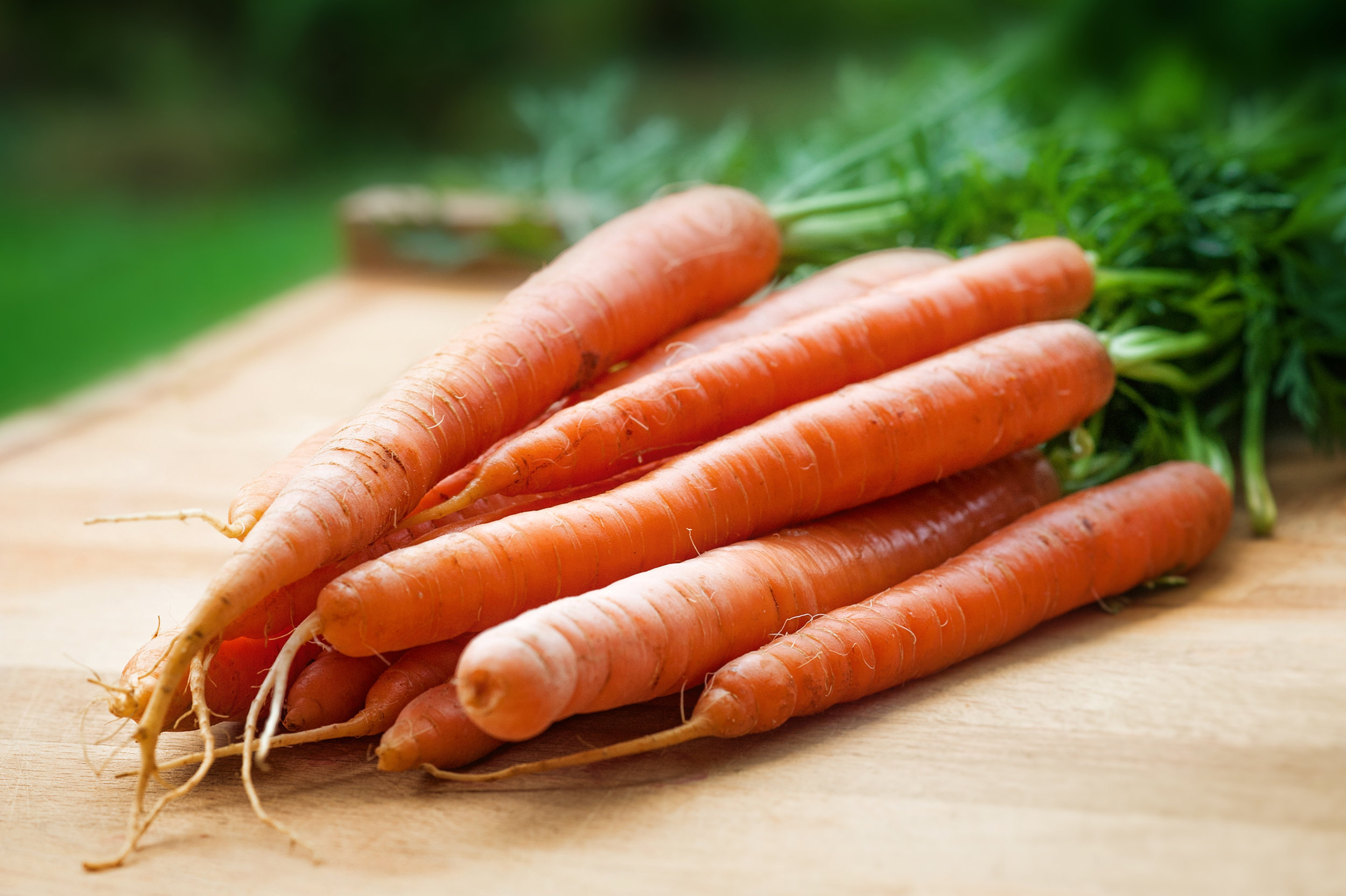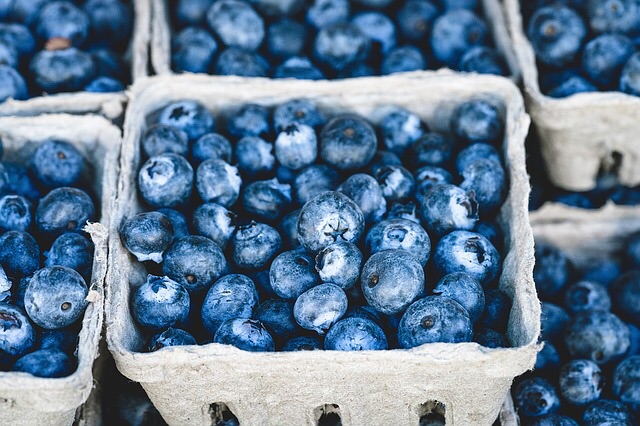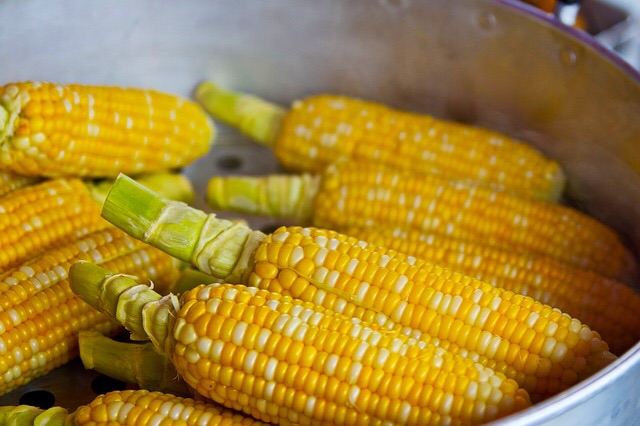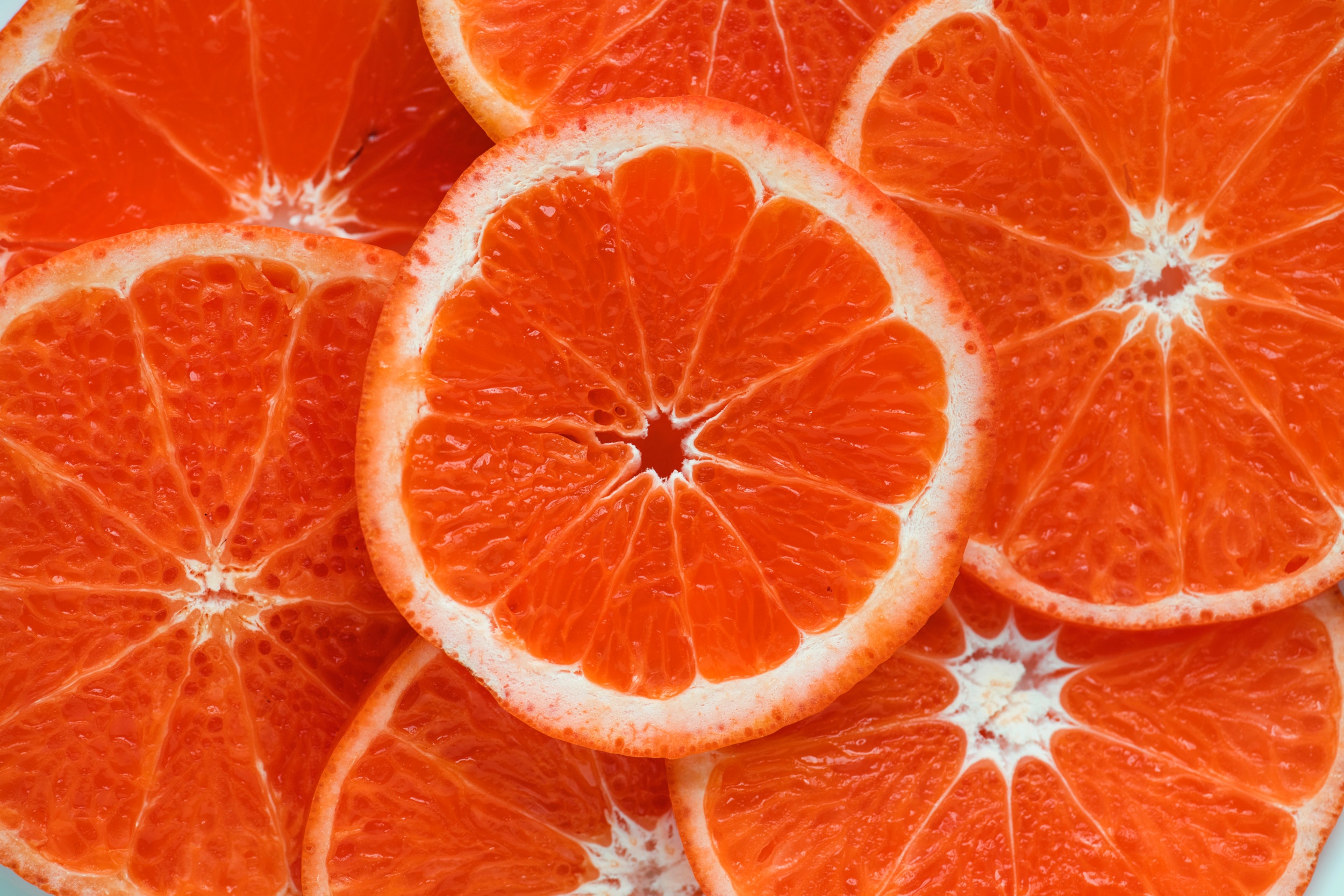Most Americans under-consume the recommended number of fruits and vegetables
each day for adequate nutrition. Developing a healthy eating pattern that accounts for all
the foods and beverages is essential to improve health and decrease health concerns.
Fruits and vegetables play a vital role in our overall health and well-being.
While they provide us with a small percentage of our daily fluid intake, they provide us with essential vitamins and minerals including, but not limited to, vitamin A which improves our vision, vitamin C and Zinc to help strengthen our immune system, Iron and Potassium to help provide oxygen to our tissues and allow our muscles to contract, and Calcium which aids in bone strength and development. Also, fruits and vegetables provide us with fiber and fiber is essential for our gut health and proper GI tract motility.
While most people associate fresh, whole fruits and vegetables as being the best sources of these nutrients, frozen fruits and vegetables can offer the same, if not higher amounts of nutrients than the fresh product due to the fact that frozen fruits and vegetables are picked at peak ripeness, where they usually contain the highest amounts of vitamins and minerals.
When fruits and vegetables are ‘in-season,’ whole foods are a great
choice and might be financially feasible for most people; however, not everyone can afford this option. Whether the foods are not in season or you simply cannot afford to buy fresh/whole foods, buying frozen or canned are great options, as well.
The recommended daily fruit intake for an average adult, ages 31-50 years old, is 1.5 cups a day for women and 2 cups a day for men.
The recommended daily vegetable intake for an average adult, ages 31-50 years old, is 2.5 cups for women and 3 cups a day for men.
Focusing on a variety of fruits and vegetables throughout the week will help you increase your intake of essential vitamins, minerals, and fiber. Consuming a variety of vegetables from all of the subgroups, including dark greens such as broccoli and raw leafy greens, red and orange such as carrots and bell peppers, legumes including beans and peas, starchy
including white potatoes and corn, and other including onions and cauliflower.
Again, a focus on whole fruits vegetables is best, but consuming other forms of fruit and vegetables such as frozen or canned is better than consuming no fruits or vegetables at all!
Resources:
1. http://www.ChooseMyPlate.gov
2. Dietary Guidelines for Americans 2015-2020:
https://health.gov/dietaryguidelines/2015/resources/2015-2020_Dietary_Guidelines.pdf
Molly Vandora: Coordinated Master in Nutrition and Dietetics 2019 the University of Pittsburgh.
This article was previously published by the University of Pittsburgh.














